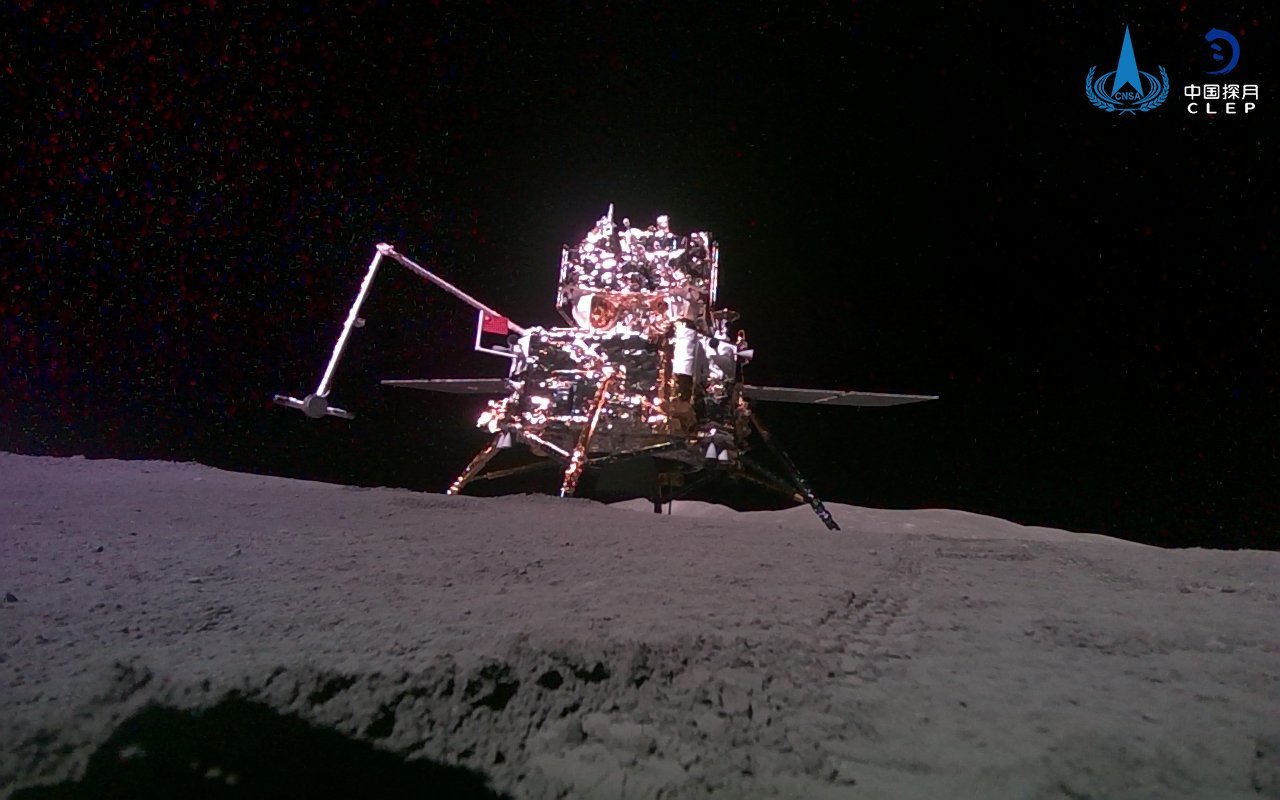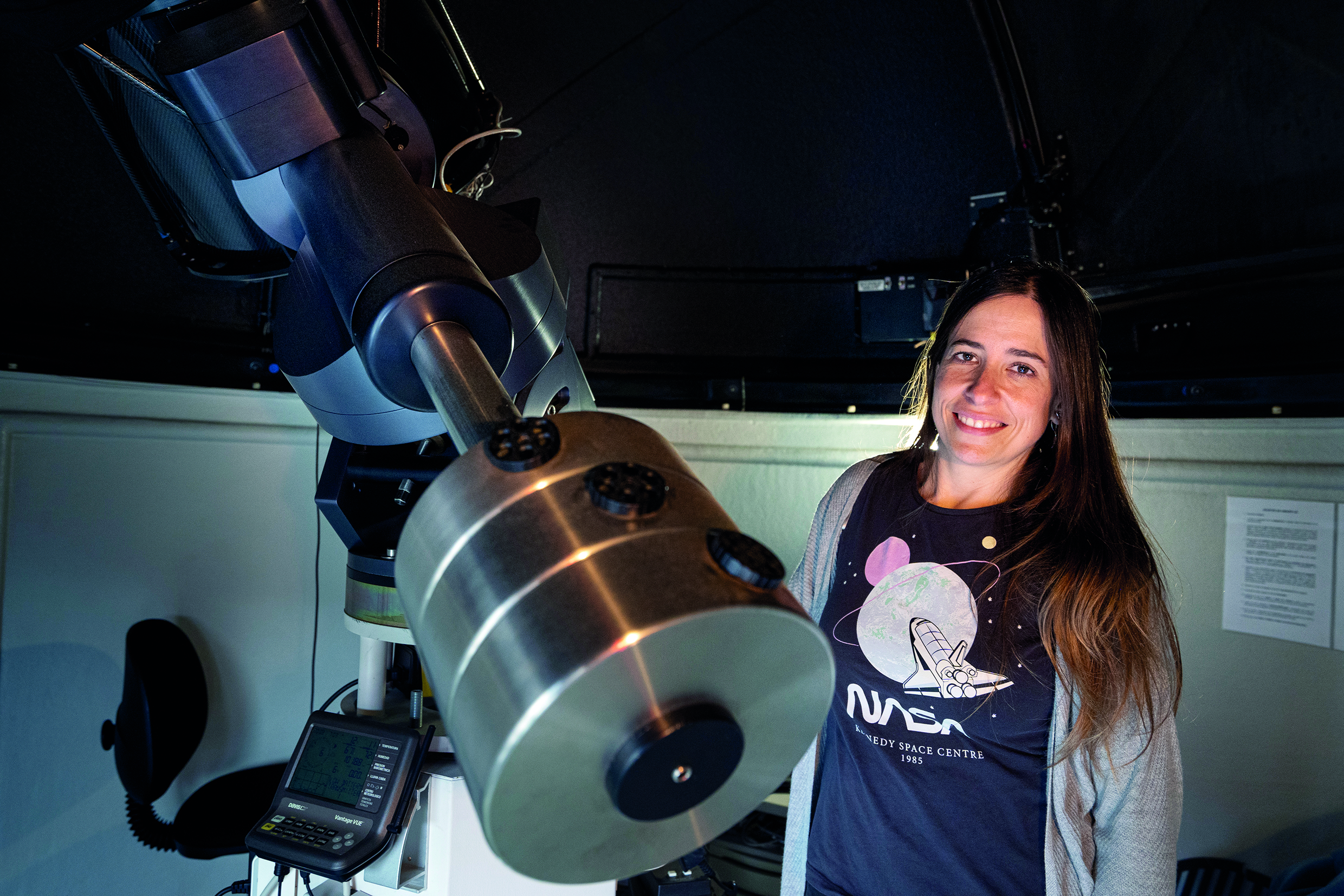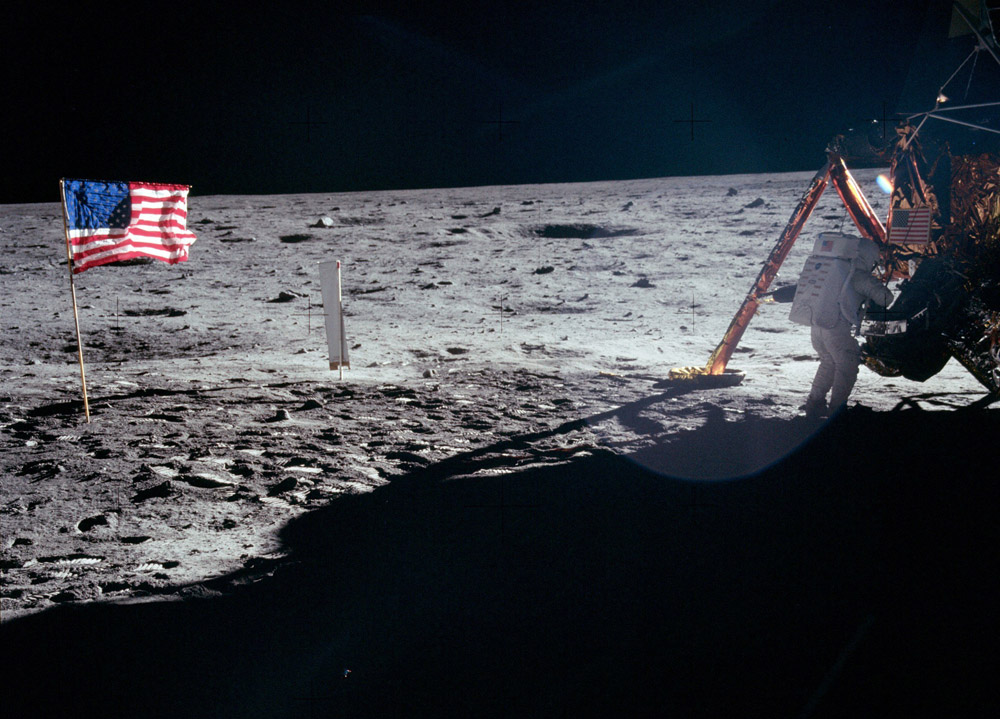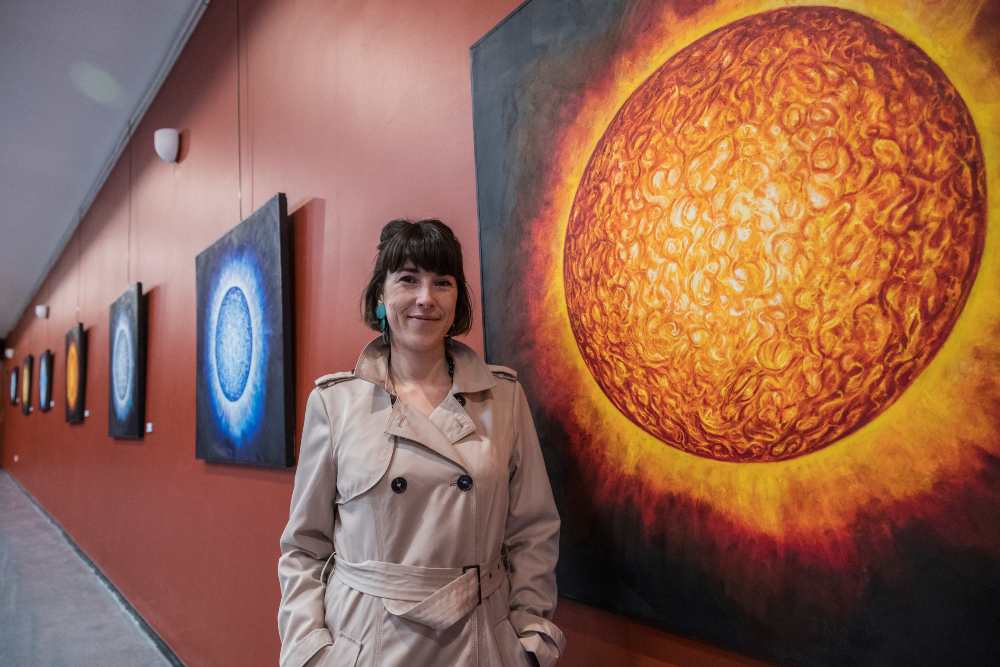The small town of Normandy resists the project 'Starlink', which would transform the space
- Elon M., the richest in the world, in addition to colonizing the planet Mars, aims to facilitate the internet connection around the world with the macro-project called Starlink. To do so, it is building a “constellation” between thousands of satellites. The people of Saint-Senier-de-Beuvron have heard of it, seeing the antennas and parabolic balls that it will install on it. In the face of this project, we are heading to space and soon we find that the bottling companies of the numerical sphere have a violent occupation of space.
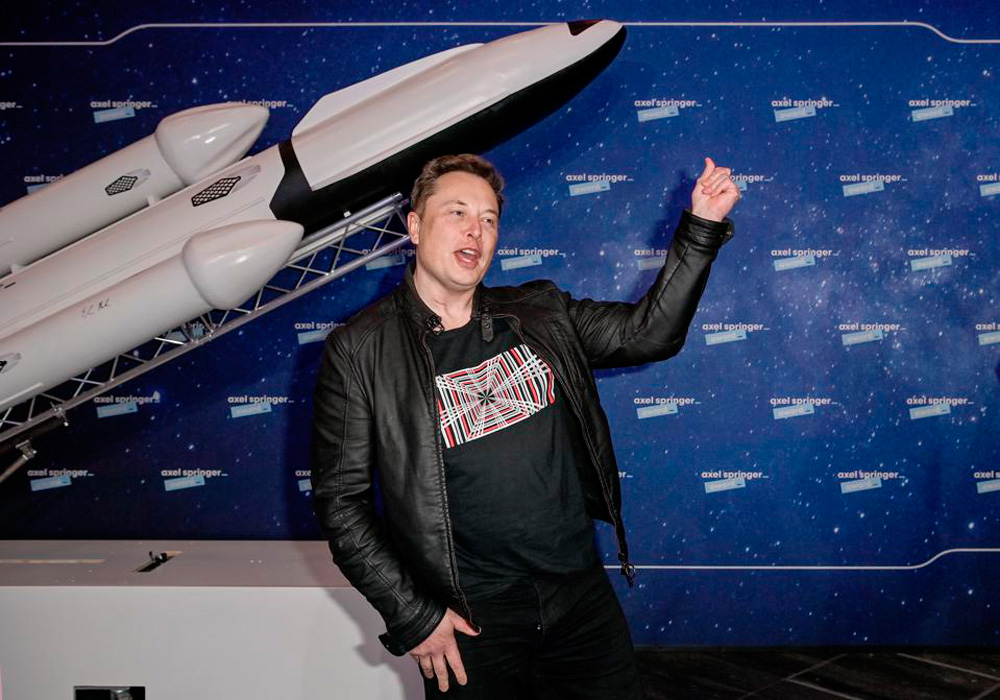
David heads over Goliath to the Norman village of Saint-Senier-de-Beuvron, which brings together 350 citizens. In front of him, the richest in the world and the Megalomaniac project called Starlink. With its $199 trillion, and its own company SpaceX, specialized in astronautics and space travel, its macro-project en route since 2018 is very feasible. Specifically and briefly, this is what lies behind this name: making the Internet accessible to every corner of the world thanks to the thousands of satellites at your disposal. You don't have to think about availability and numerical democracy, and that is that to enjoy this network you will need a lot of money: every month, the use costs 99 dollars in the United States and, in addition, the user has to buy the installation kit at 499 dollars.
While Starlink has a cost of ten trillion dollars, it will be of great benefit to him: Starting in 2025, Muskiz plans to win $30 trillion.
In order to access this space network, it will need repeating antennas in eleven corners of the planet, among which it would seek to be located in Saint-Senier-de-Beuvron, which in the case of the French State also has the authorization of the ARCEP structure that regulates the telecommunications sector in two other places.
“In October he approached us to ask us. Given the lack of information, we oppose the project, because we know nothing about health risks,” explains Benoit Hamard, the candidate of this small town. Independent studies are being required on what this facility would entail for health and the environment. Meanwhile, the town council has voted a municipal ordinance against it. They know that even though they're very invisible, the waves have consequences on living things. “We know more about the dangers of the electromagnetic than we would like, we already suffer in our livestock crops the high voltage lines of our environment,” says François Dufour, elected from Normandy, concerned about the cultivation.
In December last year, Muskiz received authorisation to use the frequency range of 18 and 28 GHz from French ARCEP. It plans to install nine parabolic balls of a height of more than two metres and nine long antennas in the three-hectare area of Normandy. “The violence received by citizenship and democracy”, in the words of Dufour: “Stuck in something else to be the richest in the world, these bilionists are embracing the right to debate and information. It’s brutal violence.”
But no of the Normans has little weight in the balance, and in the same sense goes M. Thanks to the rockets of the SpaceX company, it already has more than a thousand satellites emitted about 550 kilometers from the Earth, and is being sent to sixty with the aim of forming a “constellation” of 12,000 satellites.
Knowing that, according to the UCS Union of Concerned Scientists structure, as at 31 December 2020 there were 2,787 satellites in space, it is clear that the Starlink project completely deforms space. It will send 180 monthly, and this up to 2025, which for later years has asked for authorization for another 30,000 more.
End of the summer crashed nights
With the help of journalist Guillaume Canat, the newspaper Le Monde published the article Le projet Starlink d’Elon Ms menace la recherche astronomique (“The Elon Musken Starlink project threatens astronomical research”) in early February. Faced with this enormous scale envisaged, the journalist is clear: “If these projects are carried out, even partially, we will have the end of the sky we know today.” Why? Because at all times we would see hundreds of satellites passing by. It speaks in plural because other groups in the numerical sphere have the same purpose: With the OneWeb project, there is also the constellation of 5,260 satellites; Amazon is planning to send 3,200 satellites for the Kuiper project; Lyn and Facebook are planning to send thousands between 2021 and 2023, to which must be added the dreams of the powerful Chinese and Russian groups.
Because of the artificial lights, we don't see more stars from cities, and most of these satellites won't show up. However, from the rural areas, the starry night is broad and rich, but, sadly, we will have to be dismissed in part from the show we have for donations. According to the seasons, the situation would be better or worse: only in winter and from Europe, at the beginning and at the end of the night, we would find ourselves with the sight of these strange objects – when the outpost is in its position to illuminate these objects – but in the other three stations, we will appear all night as a luminous garland.
We will see hundreds of satellites as thick as the constellation of the Polar Star or the Osa Mayor, covering the map of the stars so far... We can already see them in the arts to the surprise of the citizen who knows nothing about Starlink. Messages spread on social media because they saw strange lights in the night sky are becoming commonplace… that the next day have the clear mystery, with the precision that it was an issue of the SpaceX company.
“The influence of these artificial constellations would be enormous for astrophotographers, astronomical research and sky observations,” you can read in the article. As a relief to his concerns, Muskiz has defined that he will paint the objects in black, so that the light of the frog is reflected less. “This technical solution would probably reduce the number of objects visible to the naked eye, but in itself it will not solve the essence of the problem, as these strange, more or less shiny objects would attack the observations permanently. It will be very difficult to eradicate and will condemn numerous fields of astrophysics research.”
In addition, the multiplication of satellites would increase the risk of collisions between objects. So far, although it is manageable thanks to communication between agents, this occupation of space carries a real risk of multiplying accidents. An example of this is that in September 2019 the European Space Agency (ESA) had to change the way of a satellite at the last moment, as SpaceX came at par (the ESA advised the latter, but the message was not seen by SpaceX).
These private companies are legally and authoritatively driving this occupation of space, which seems to be on the right path. The truth is that the rules on space are obsolete, and if we want to protect this large area, the revision of the rules is essential. In fact, the regulations are from the time when it was planned to launch a maximum of dozens of satellites a year and no longer serve the reality of this market with exponential growth.
Need to regulate space
The world and space have changed radically since the Union of Soviet Socialist Republics in 1957 sent the first satellite called Sputnik. However, if the laws of the 1960s continue to have an important bearing on space law, such as UN Resolution 1962 of 13 December 1963 and the first convention for the 1967 space, then it seems that the spatial principles and conceptions of the 1960s are becoming less and less important. If in fact the extra-atmospheric space is a defined res communis – the “common” or the “all” – and if they have a consensus on the principle of non-ownership among States, it seems that the deficiencies of the legislation allow private structures to colonise space.
The era in which space States were crushed and agreed upon is over; today, they are also private structures included in the playing field, with much desire and possibilities to occupy space. That is why the journalist has given a warning: “There is an urgent need to adapt the legislation in order to take account of the many damages that are announced.” Concern and impotence among astronauts are the main ones. The International Astronomical Union IAU set the alarm in the spring of 2019, when Muskiz started its shipments. “The UAE assumes the principle of dark sky and silent radios, not only as one of the fundamental pillars to advance the understanding of our universe, but also as an essential element for humanity and the nocturnal fauna. We do not yet understand the influence of thousands of satellites scattered across the sky and, despite their good intentions, these constellations of satellites can be a threat.”
In addition to making visibility difficult, thousands of satellites would cover hearing: “Despite efforts to avoid interference with radio astronomy frequencies, aggregate radio signals emitted by satellite constellations can still jeopardize astronomical observations at radio wavelengths. If the latest advances in radio astronomy have been possible – to create the first image of a black hole or to better understand the formation of planetary systems – it has been precisely because of the consensual efforts to protect the ‘radio sky’ from interference”, it can be read in the UAE note. Aware and aware of all these risks, they call on political leaders to take decisions in “consultation” with the astronomical community. Some 1,500 astronomers have just signed a letter demanding “the end of the far west of space”.
SpaceX informs them that it is “open to dialogue”. However, among the Byzans, turning their backs on the red alarm, it continues with satellite shipments. Will those who are willing to understand life, the universe and the Earth be the only ones who will understand who is aiming for money? Seeing that, in the name of money, social justice and the environment of this country are prepared to give it a foothold, we can imagine that it looks at space with the same logic. In the face of the climate emergency, environmental challenges are not rare at the beginning of the 21st century.
New challenges of the 21st century
To the list we must add the discharge, the regulation of the occupation of space and the obstruction of this new phase of colonization. As the owner of Far West says in the middle of Les Echos 2010-2019: les dix ans qui ont transformé l’espace in Far West, this transformation of space has occurred in the last decade, more or less since Elon Muskiz launched his serious objective of colonizing Mars, representing a million terryans on the Red Planet of 2050.
Whether or not Mars is feasible, at least it is occupying space, also deducing a new type of rubbish from the 21st century: the rubbish of space. In January 2019, 900,000 garbage over a centimeter was in space. They're going to be much closer, and this garbage management is worrying more than one astronomy.
Basically, last year the European Space Agency concluded an agreement with the ClearSpace Group. ClearSpace is the first dump of space. Welcome to the twenty-first century: land-based waste that is not managed is being added to the waste of space...
Chão de Lamas-eko zilarrezko objektu sorta 1913an topatu zuten Coimbran (Portugal). Objektu horien artean zeltiar jatorriko zilarrezko bi ilargi zeuden. Bi ilargiak apaingarri hutsak zirela uste izan dute orain arte. Baina, berriki, adituek ilargietan egin zituzten motibo... [+]
James Webb teleskopioaren lehen irudiak eta datuak aurkeztu dituzte: unibertsoari inoiz ateratako argazkirik sakonenak eta exoplaneta baten espektroskopia-datu zehatzenak. “Kosmosaren ikuspegi berri eta iraultzaile bat”, Bill Nelson NASAko administratzailearen... [+]














